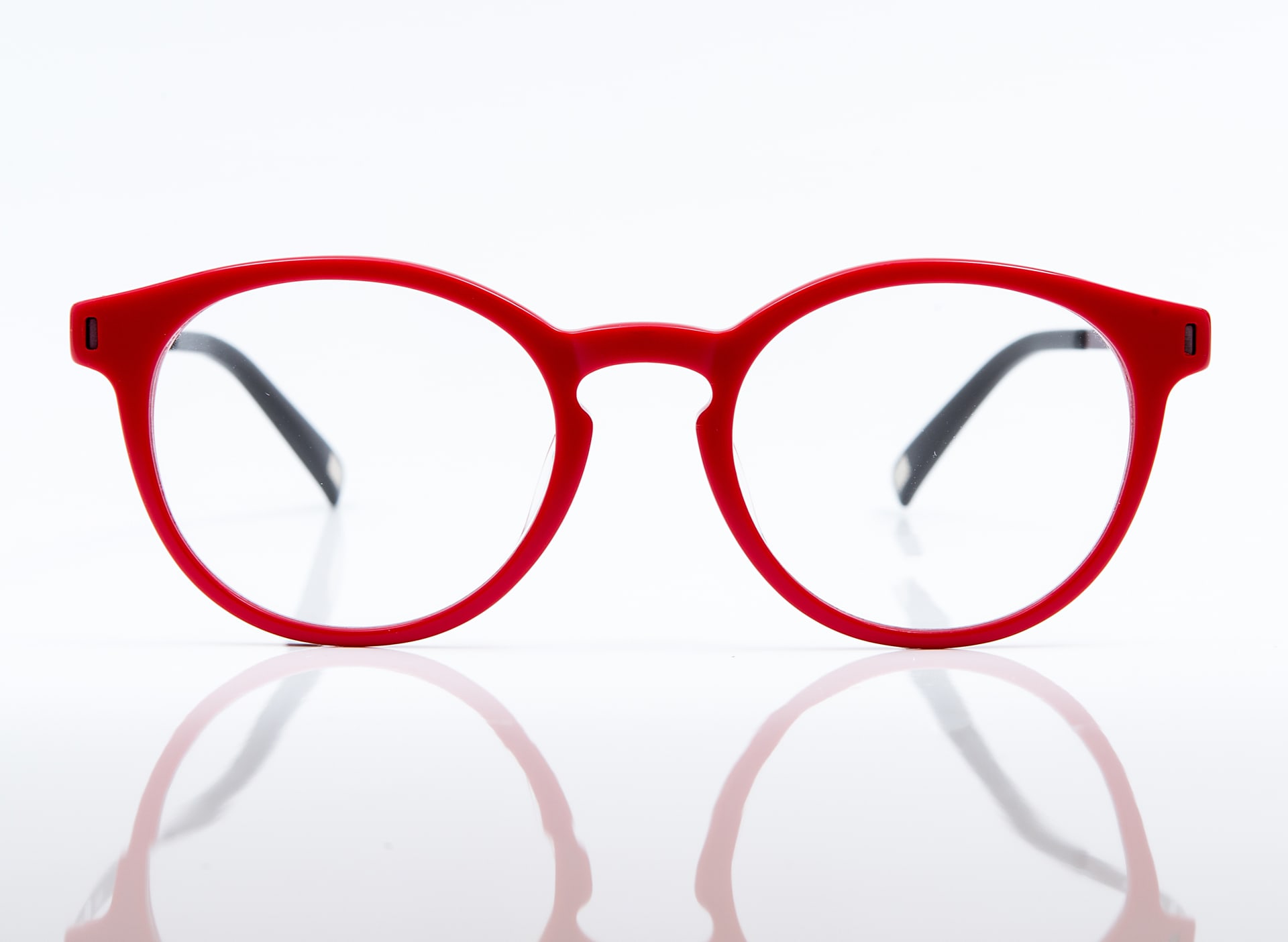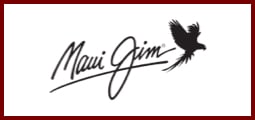Myopia, commonly known as nearsightedness, is a growing concern for children around the world. Atropine drops are gaining popularity as a way to slow myopia progression in children. But how do they work?
By relaxing certain eye muscles and altering how the eye grows, atropine helps manage the condition without correcting vision like glasses or contact lenses do. It’s a promising option for families looking to prevent worsening nearsightedness over time.
What Is Myopia?
Myopia is a refractive error that makes objects in the distance look blurry, while nearby objects remain clear. It happens when the eye grows too long or the cornea is too curved, causing light to focus in front of the retina (a layer of tissue at the back of the eye) instead of directly onto it.
Myopia often starts in childhood, and tends to progress until the late teens. The vision issues caused by myopia can significantly impact children’s lives by making it harder for them to perform certain daily tasks, like reading the whiteboard at school or recognizing faces from across a playground.
Beyond such inconveniences, high levels of myopia can increase the risk of serious eye conditions later in life, such as:
- Retinal detachment
- Glaucoma
- Cataracts
This is why early and effective management of myopia is so critical.
What Are Atropine Eye Drops?
Atropine eye drops are traditionally used by optometrists and ophthalmologists to dilate pupils or treat certain eye conditions. However, in recent years, low-dose atropine has been repurposed for myopia control.
When used for myopia management, atropine is applied in much lower concentrations (typically 0.01% to 0.05%) than the concentration used for diagnostic purposes. This makes it safe and effective for long-term use in children, under the careful guidance of an eye care provider.
The Science Behind Atropine & Myopia Progression
You might be wondering: how does atropine slow down myopia progression? Researchers believe it affects the eye’s growth process. Myopia develops as the shape of the eye elongates, and atropine acts on certain receptors in the eye to regulate this abnormal growth.
By slowing this elongation, atropine can significantly reduce the progression of myopia over time, meaning your child may not require as strong a prescription as they grow older.
What to Expect During Atropine Treatment
Here’s how the treatment typically works:
- Prescription – After a comprehensive eye exam, an eye care professional may recommend low-dose atropine drops for your child if they have myopia.
- Daily Use – Atropine drops are applied once a day, usually before bedtime. The process is quick, making it easy to fit into a bedtime routine.
- Regular Monitoring – You’ll visit your eye doctor for follow-ups to monitor your child’s progress and adjust the treatment as needed. This ensures the best results and minimizes potential side effects.
You may notice your eye doctor measuring your child’s vision and asking about any changes at regular intervals. Because the treatment can take years, consistency is key for achieving the best outcomes.
Are There Any Side Effects of Atropine?
Side effects with low-dose atropine are rare but can include:
- Mild light sensitivity due to pupil dilation.
- Blurred near vision, which may require temporary reading glasses.
These side effects tend to resolve quickly and can be managed with the guidance of your eye doctor. If you have any concerns, don’t hesitate to reach out to them for reassurance.
Other Myopia Management Options

While atropine is an effective tool for managing myopia, it’s not the only option available. Depending on your child’s unique needs, your eye doctor might suggest one of the following:
MiSight Contact Lenses
MiSight contact lenses are specially designed daily disposable lenses that have been clinically proven to slow the progression of myopia in children. They work by reshaping how light enters the eye, controlling the signals that drive excessive eye growth.
Orthokeratology (Ortho-k)
Ortho-k involves wearing custom-designed rigid contact lenses overnight. These lenses gently reshape the cornea while your child sleeps, correcting their vision during the day without the need for glasses or contacts. It also helps reduce the progression of myopia over time.
Multifocal Glasses & Contacts
Multifocal glasses and soft contact lenses are another effective way to slow myopia progression. By providing different zones of focus within the lens, they change the way that the eye grows, preventing myopia from progressing.
The Role of Regular Eye Exams During Treatment
No matter which myopia management strategy you choose, regular eye exams are essential. These check-ups ensure that the treatment is working as expected and allow your doctor to spot any changes in your child’s vision or overall eye health.
Early intervention leads to better results, so don’t skip those appointments!
Get Help with Myopia Management
Atropine is just one piece of the puzzle when it comes to myopia management, but it’s still important for many families. Combined with other treatments and regular eye care, it’s possible to protect your child’s vision and set them up for a brighter future—literally and figuratively.
If your child is dealing with worsening nearsightedness, don’t wait to take action. Schedule an appointment with West Shore Eye Care, and learn how our team can help manage myopia and safeguard your child’s vision.























